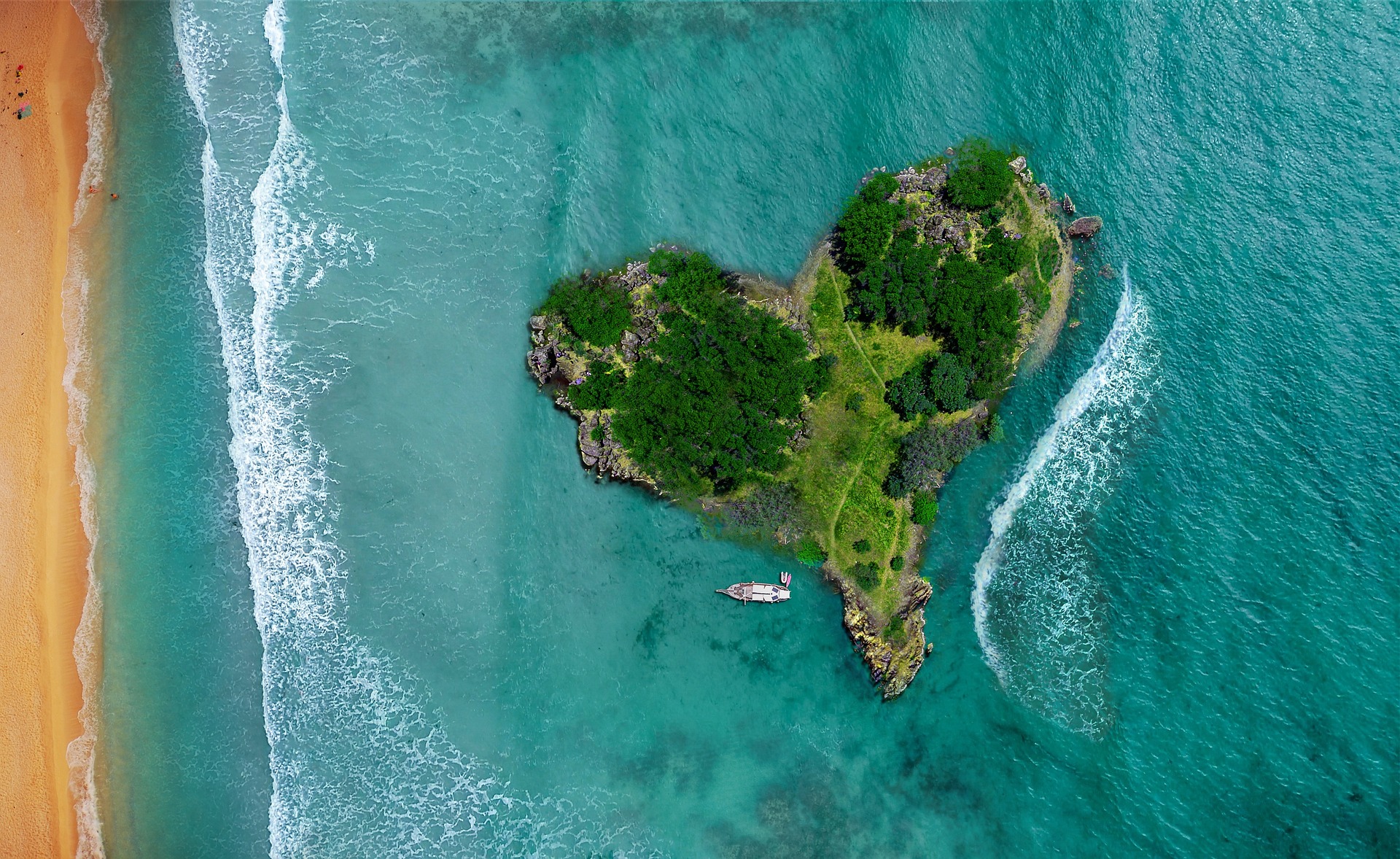Navigating the World of Tidal Tourism: A Rising Wave in Travel
The rhythmic ebb and flow of tides have long captivated human imagination, but now they're shaping a new frontier in travel. Tidal tourism, an emerging niche in the travel industry, is gaining momentum as adventurers seek unique experiences dictated by nature's clock. This innovative approach to exploration combines the thrill of timing with the raw beauty of coastal landscapes, offering a fresh perspective on familiar shorelines and hidden gems alike. As we dive into the world of tidal tourism, we'll uncover its origins, explore its current impact, and glimpse into the future of this captivating travel trend.

The roots of modern tidal tourism can be traced back to increased awareness of unique coastal features like the Bay of Fundy in Canada, home to the world’s highest tides. As social media amplified images of dramatic tidal changes and hidden beaches revealed only at low tide, travellers began seeking these time-sensitive experiences.
The Appeal of Time-Sensitive Adventures
What sets tidal tourism apart is its ephemeral nature. Unlike static attractions, tidal destinations offer a constantly changing landscape, sometimes accessible for only a few hours each day. This creates a sense of exclusivity and urgency that appeals to modern travellers seeking unique experiences.
Tidal tourists often find themselves racing against time to explore sea caves, walk on temporarily exposed sandbars, or witness the flooding of coastal plains. This element of timing adds an extra layer of excitement to the journey, turning a simple beach visit into a thrilling adventure.
Popular Tidal Tourism Destinations
While tidal tourism can be experienced in many coastal areas, certain destinations have become hotspots for this trend. The Mont Saint-Michel in France, an island abbey that becomes inaccessible at high tide, has long been a pilgrimage site but is now seeing a new wave of tidal tourists.
In South Korea, the Jindo Sea Parting Festival celebrates a natural phenomenon where a land bridge appears between two islands during extreme low tides. This event has transformed from a local celebration into an international tourist attraction.
Other notable destinations include the Hopewell Rocks in New Brunswick, Canada, where visitors can walk on the ocean floor at low tide, and the Horizontal Falls in Australia’s Kimberley region, where massive tidal movements create waterfall-like rapids between narrow gorges.
The Impact on Local Communities and Environments
The rise of tidal tourism brings both opportunities and challenges to coastal communities. On one hand, it can boost local economies by attracting visitors during what were traditionally off-peak seasons. Many small towns have seen a revival of interest in their coastlines, leading to new businesses and improved infrastructure.
However, the influx of tourists to sensitive tidal ecosystems raises concerns about environmental impact. Increased foot traffic can damage delicate intertidal zones, and the pressure to provide access at specific times can lead to unsustainable development practices.
Sustainable Practices in Tidal Tourism
To address these concerns, many destinations are implementing sustainable tidal tourism practices. These include limiting visitor numbers during peak tidal events, providing guided tours that educate visitors about the fragile ecosystems, and investing in eco-friendly infrastructure.
Some locations are also using tidal tourism as a platform for marine conservation education. By allowing visitors to experience tidal ecosystems up close, they hope to foster a greater understanding and appreciation for these dynamic environments.
Riding the Tidal Wave: Tips for Aspiring Tidal Tourists
• Research tidal charts and plan your visit accordingly – timing is everything in tidal tourism
• Always prioritize safety and heed local warnings about dangerous tides
• Respect the environment by not removing shells, rocks, or marine life from tidal areas
• Consider visiting during shoulder seasons to minimize impact on peak tourist periods
• Support local communities by staying in nearby accommodations and eating at local restaurants
• Participate in guided tours to gain deeper insights into tidal ecosystems and local culture
The Future of Tidal Tourism
As awareness of tidal tourism grows, we can expect to see more destinations embracing this trend. Technology will likely play a significant role, with apps and digital platforms helping travellers plan their visits around optimal tidal conditions.
There’s also potential for tidal tourism to evolve beyond mere sightseeing. Some visionaries are exploring concepts like tidal energy farms as tourist attractions, combining renewable energy education with coastal exploration.
Ultimately, tidal tourism represents more than just a new travel fad. It’s a reminder of nature’s power and beauty, offering a unique way to connect with the rhythms of our planet. As we continue to seek out these time-sensitive adventures, we’re not just exploring new destinations – we’re rediscovering our relationship with the ever-changing coastal world.





